The blackout in South Australia on the 28th September has received worldwide attention. The reasons for the blackout are not completely understood but it is a combination of the collapse of transmission lines, the extreme variations in the power output of wind farms and the stability of an inter-connect to the state of Victoria.
There is no doubt that the necessary geographical spread of wind farms requires long transmission lines. This can be seen in Figure 1, where wind farms to the east and west of Spencer's Gulf need transmission lines of up to 600 km to Adelaide and wind farms in the south east of the state have some 300 km to bring power from near the border with Victoria. There is no "ring main" that gives security of supply for some of the distant wind farms and although the wind farms produce on average only 30% of their maximum output, the transmission lines must be able to handle the maximum possible output for all wind farms that feed into the transmission network. New transmission lines cost $1 to $3 million per kilometre so the economic case for increasing the network may not have justified its cost and the difficulty of assessing the security value of new connections.
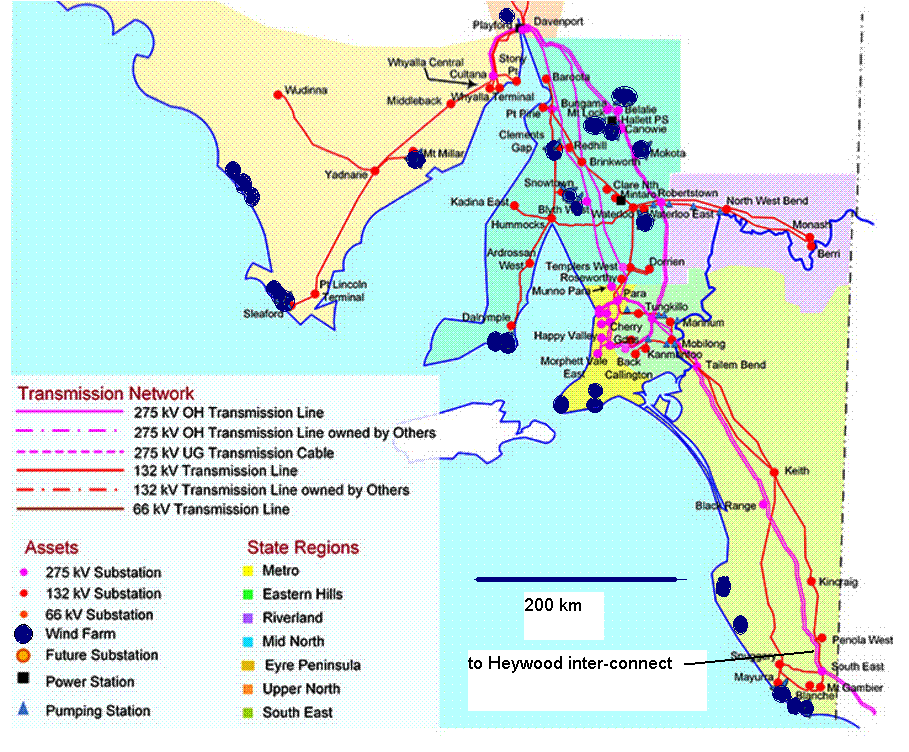
Advertisement
Figure 1:The Electranet South Australian electricity transmission network.
The total installed wind farm capacity for South Australia is 1576 MW. The State of Victoria has an ambitious plan to move from the present 1242 MW of installed wind farms to add 3000 to 4000 MW to provide 20% to 30% of the electricity demand from wind power.
For Victoria, which supplies the balancing power to South Australia, an increase of supply from wind will increase the risk of supply failure. This is due to the weather patterns of south-east Australia that give rise to correlated wind in South Australia, New South Wales, Victoria and Tasmania. This has been shown in published analysis from Paul Miskelly in a peer reviewed journal Energy & Environment in 2012.
This correlation can be seen in the wind farm performance in September 2016 shown in Figure 2 where the wind farm variations are larger in South Australia reaching 1400 MW while Victoria lags with 1000 MW.
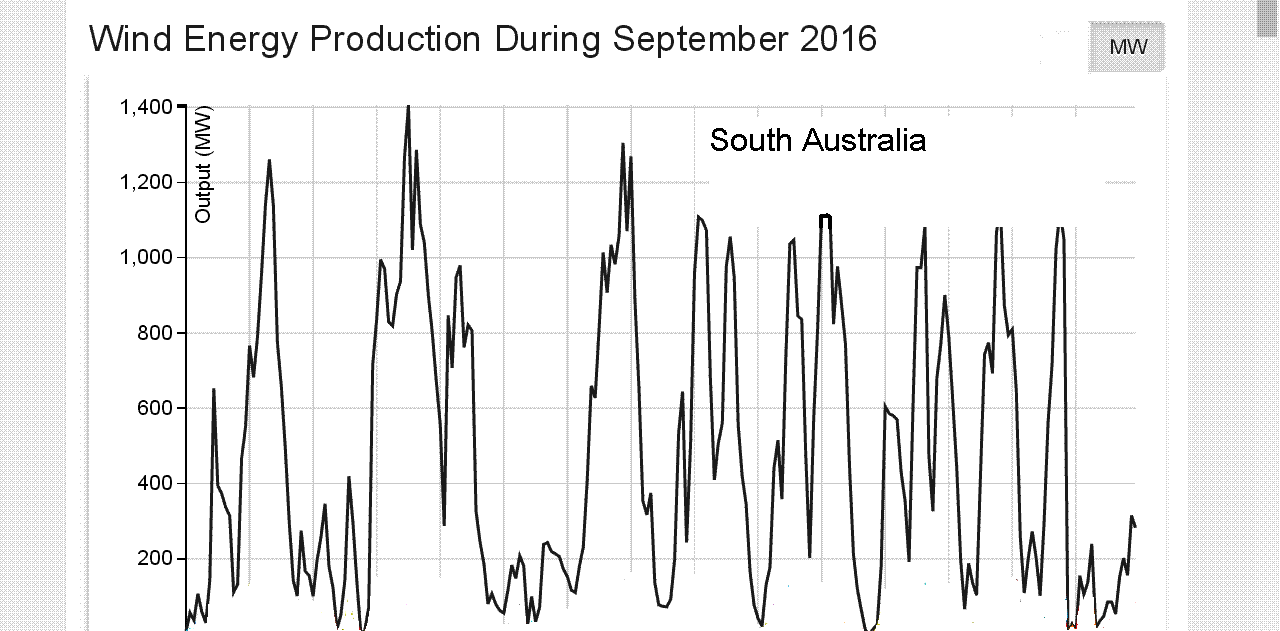
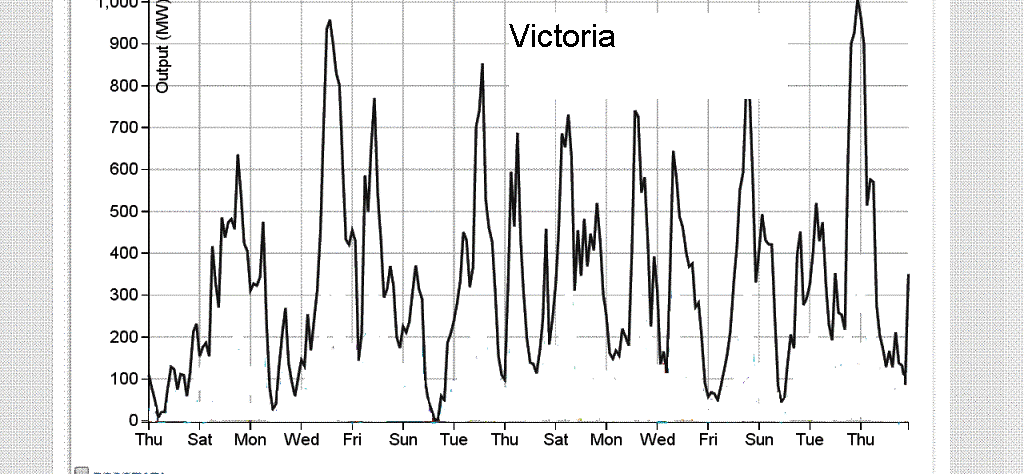
Figure 2:Correlation of wind farm output for South Australia and Victoria. Source http://energy.anero.id.au/
Advertisement
The performance of fossil fuel generators for South Australia and Victoria is shown in Figure 3. For South Australia the gas fired thermal power station at Torrens Island and gas turbines partially even out the wind power variations. The balance of supply comes from Victoria through the Heywood inter-connect. Victoria has a significant wind farm contribution to meet local Victorian demand. However the bulk of supply comes from the brown coal burning power stations of the Latrobe Valley with Hazelwood and Loy Yang as load-following generators. The gas turbine generators and particularly the Murray hydro power generators match much of the Victorian daily demand variations.
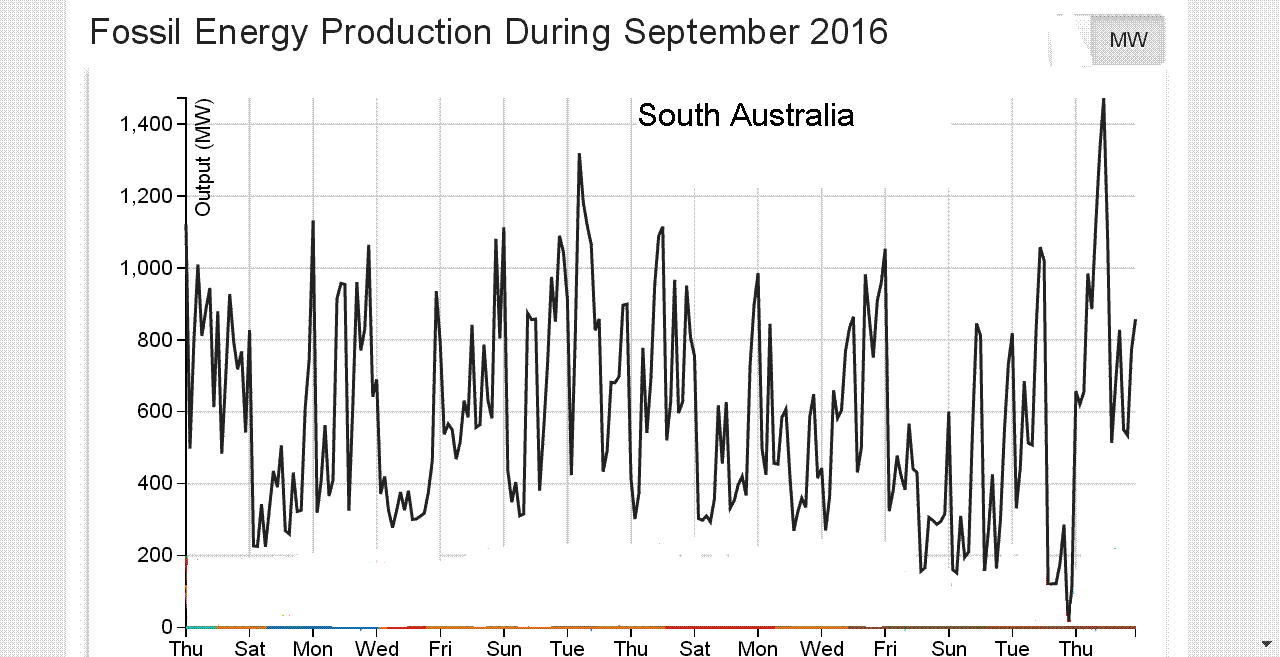
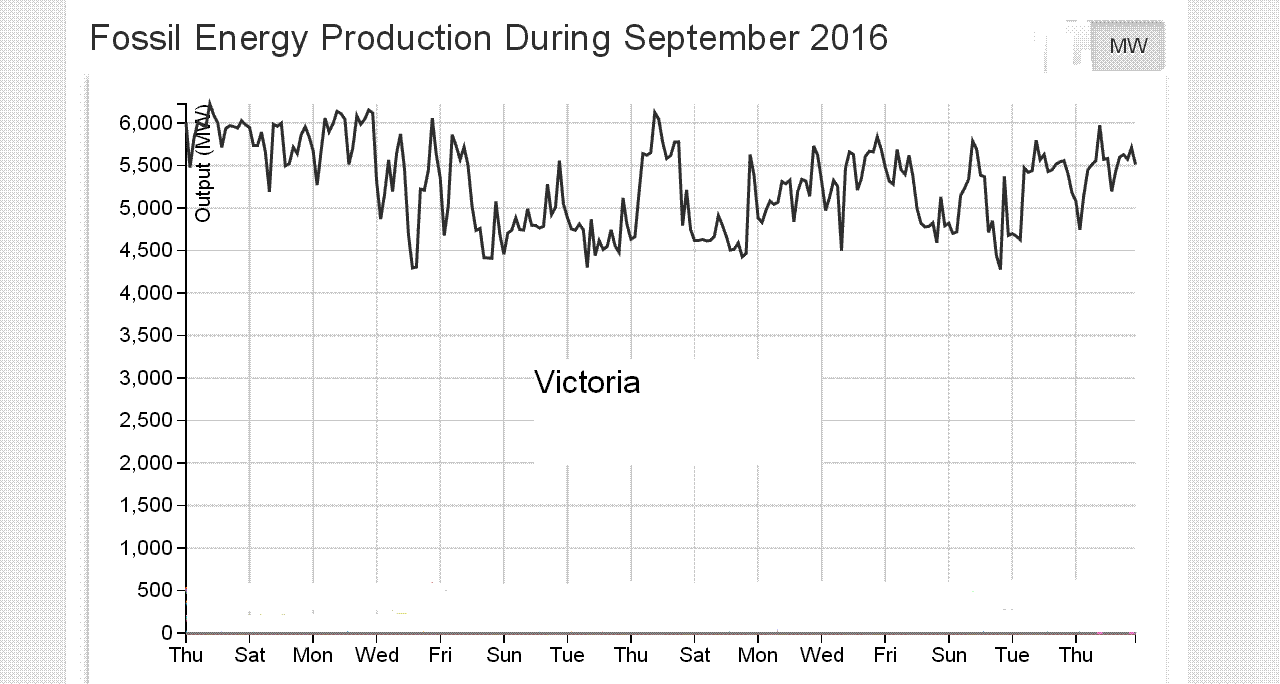
Figure 3:- Upper South Australian fossil fuel supply and - Lower; Victorian fossil fuel supply. Source http://energy.anero.id.au/
Discuss in our Forums
See what other readers are saying about this article!
Click here to read & post comments.
34 posts so far.